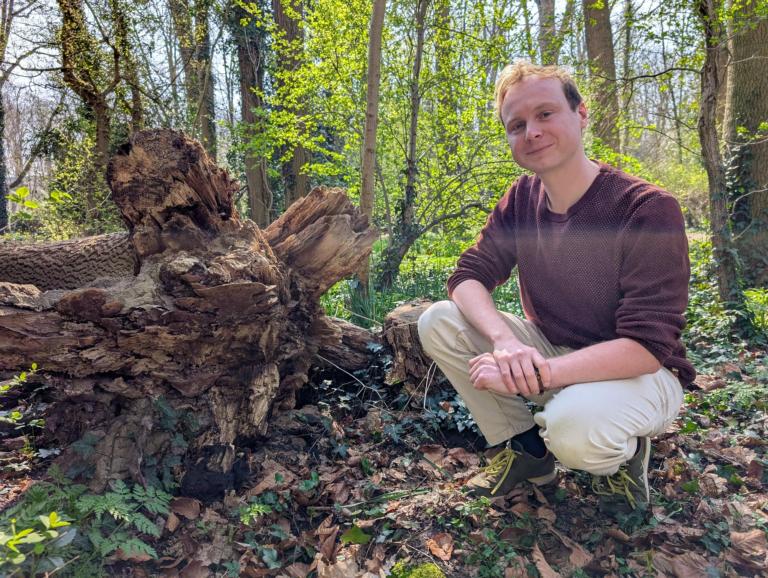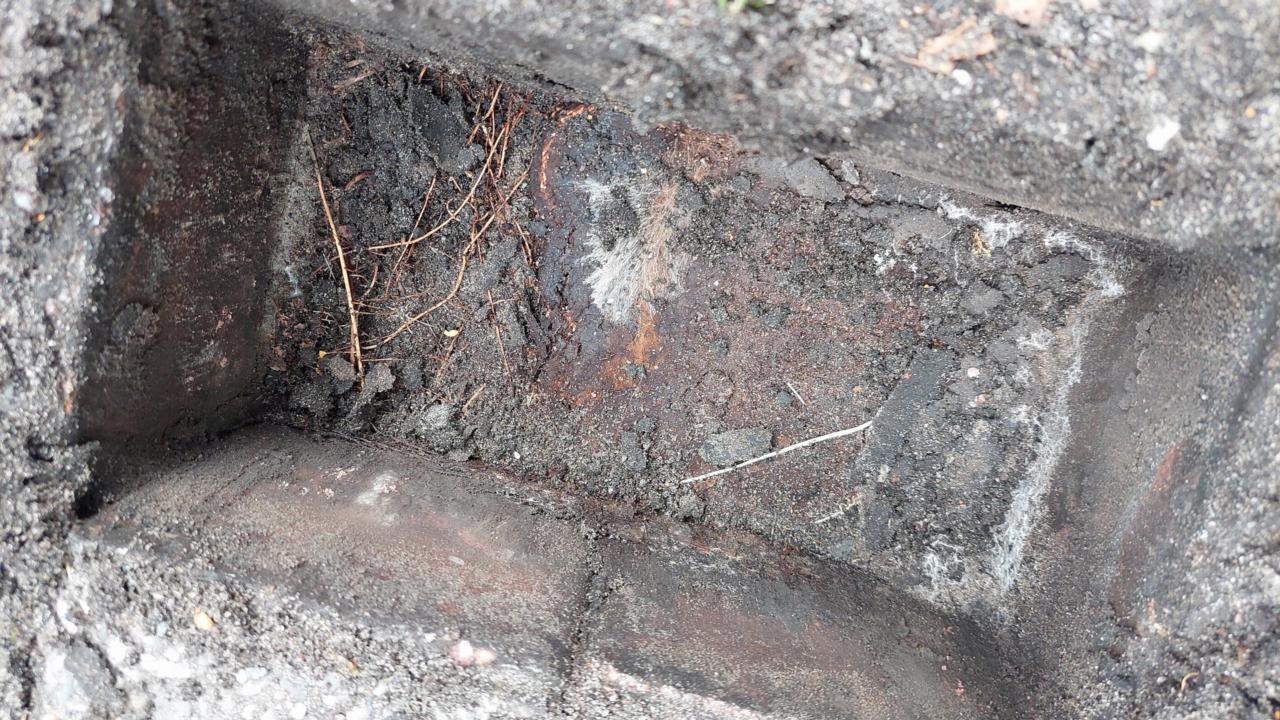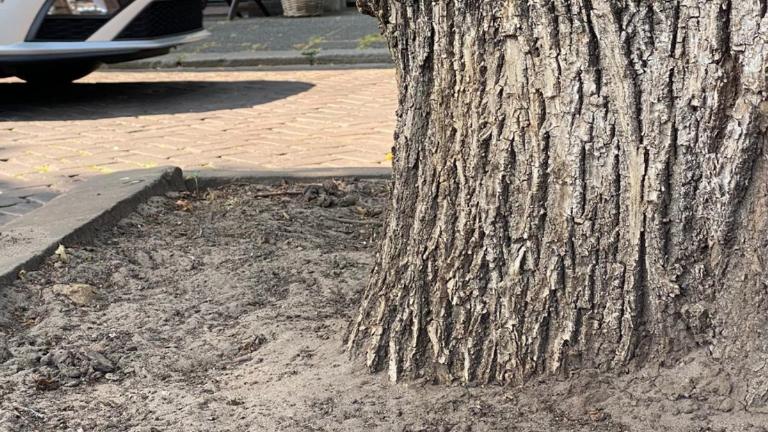
People tend to think of biodiversity as plants and animals in forests and oceans. Most living things, however, live right below our feet in one of the most diverse habitats on earth: soil. I study the bacteria and fungi that are hidden in our city soils. They recycle dead material, help plants grow and are important for our health. Without them, life as we know it would not exist.
keywords
Hidden Biodiversity, soil ecology, bacteria, fungi, urban biodiversity, DNA metabarcoding, microbes
Researchinterest
I am fascinated by the enormous biodiversity microbes and the role they play in (urban) ecosystems.
Microbes are everywhere, even in places where you might not expect them. I look for these micro-organisms in unlikely, urban places: in small tree pits, under sidewalks and even beneath asphalt. Without soil dwelling fungi and bacteria our cities would look completely different. Most plants and animals would not survive and dead material would not be decomposed. Because they are so small, we need molecular techniques to find the hundreds of thousand species that we share our cities with. With their DNA we can see which species are there and what they might do in the urban ecosystem.

